Nandina Filamentosa Tissue Culture
$7.02
Nandina Filamentosa Tree is a member of the family of cacti. Cacti are spore-forming trees with needle-like branches and a single bulb that develop from the centre of a cyme (the centre of a resinous network) filled with nutrients.
Out of stock
SKU: NANFIL800105T
Category: Tissue culture
Nandina Filamentosa Uses:-
- The other uses of this amazing plant include the ability to help treat anxiety, high blood pressure, stomach disorders, asthma, diarrhoea, epilepsy, insomnia, urinary tract disorders, skin problems such as eczema and psoriasis and bowel disorders such as constipation, irritable bowel syndrome, and functional gastrointestinal disorders.
- The plant also contains high amounts of dietary fibres that make it excellent for those who are dieting. This is since fibre provides a feeling of fullness, which helps to avoid overeating. By adding this plant to your diet, you will begin to feel better immediately. You may also notice that after a few meals you no longer feel hungry.
- This is because your body will have used its existing fat cells to do all of the hard work once before. The Health Benefits Of Nandina Filamentosa can be a wonderful addition to anyone’s daily life because of all of the wonderful health benefits that it provides.
Nandina Filamentosa Health benefits:-
- Nandina Filamentosa is a small evergreen shrub that can grow up to twelve feet tall with a purple-black fruit that is up to two and a half inches long. The leaves are needle-like and the flowers have a cream colour. The name Nandina means “no health effects” in Hindi.
- The Health Benefits Of Nandina Filamentosa Plant The plant contains alkaloids, which have been scientifically proven to be very powerful anti-oxidants. This allows it to combat the destructive process of cancer in our bodies as well as prevent and stop a variety of heart diseases. It also helps regulate blood pressure, regulates hormone levels, and promote healthy lymphatic functions. This also has a powerful effect on the nervous system and helps to reduce the number of relapses that occur when you suffer from depression.
- Nandina Filamentosa is a small evergreen shrub that can grow up to twelve feet tall with a purple-black fruit that is up to two and a half inches long. The leaves are needle-like and the flowers have a cream colour. The name Nandina means “no health effects” in Hindi.
- The Health Benefits of Nandina Filamentosa Plant The plant contains alkaloids, which have been scientifically proven to be very powerful anti-oxidants. This allows it to combat the destructive process of cancer in our bodies as well as prevent and stop a variety of heart diseases. It also helps regulate blood pressure, regulates hormone levels, and promote healthy lymphatic functions. This also has a powerful effect on the nervous system and helps to reduce the number of relapses that occur when you suffer from depression.
Nandina Filamentosa Properties:-
- A lot of cacti are deciduous or semi-damp. They grow at a slow pace during winter and grow more rapidly in the summer. If you are looking for a deciduous tree or shrub in your landscape, the Nandina Filamentosa Plant is perfect for you. Its flowers are quite large, up to four inches in diameter, and come in vivid colours. These flowers become a showpiece at any sort of floral arrangement, inside and out. It can be grown in your landscape or your home, indoors in a pot or on a terrace, outdoors in full sun, partial shade or even partially in the shade and on mulch.
- Like most cacti, Nandina Filamentosa Tree grows quite well in acidic soil conditions. It prefers fertile limestone or chalk along with well-drained soil. This species has some varieties that have been found in areas with heavy timber growth. It will tolerate some shade but does not do well in dry spells.
- In the spring, the colourful flowers open up and the plant begins to blossom. Each flower consists of a ray-shaped ray and white, pink or red petals. Each flower comes from only one bloom head so the more heads you have the more flowers you will have. Flowers rise to the top of the plant and bloom down toward the base. There are usually three to four stamens on each flower. Blooms burst open during the night and the plant then begins to die back.
- In the evening, the leaves on Nandina Filamentosa tree begin to turn golden and the tree dies back. The leaves will turn again the next day and the blooms will last into the following Saturday. This is when the most dramatic event occurs as the fragrance fills the entire yard! The aroma is considered to be strong and lasts for about one hour after blooming.
- Nandina Filamentosa Plant is a slow-growing tree. It takes between four and seven years for it to attain a height of one foot. It reaches a maximum density of fifteen inches. If you are not sure if it is the right species for your needs, you should consult a local nursery to find out.
- This is an excellent choice if you live in a colder climate. The tree will flourish even in the coldest temperatures and the flowers will not drop. It is suggested that this plant is planted in partial shade or containers as it is quite a cold-resistant tree.
- If you are lucky enough to live in an area where you can view this lovely tree during the daylight hours, you will see many different colours of blossoms. The pink of the early spring through to the yellow of the flower in the fall make this a spectacular display year after year. You will love being able to view this amazing plant at all hours of the day. If you grow this in a container, it will also be able to withstand extreme heat.
- When the flowers begin to bloom in late summer, you will be able to feast on these wonderful edible flowers. They taste like a blend of strawberries and chocolate. The bitter taste of the flowers is more like a raspberry. The blooming period from early spring through to late summer is quite long.
- The most effective way to dig the roots of the Nandina Filamentosa Tree is to use an auger. The pruned roots are dug up and then the auger is inserted into the hole. Then the pruned roots are pulled out and the tree is ready for replanting. If you live in a colder climate, you may want to consider freezing the tree’s branches so that they can be used as a decorative element during the warmer summer months.
- The Nandina Filamentosa plant is an ideal plant for those who enjoy watching wildlife. You can help protect this rare species of plants by planting in your yard. You should also plant other trees that attract birds, such as the Black-Eyed Susan or the Black Peony, which will help reduce the amount of damage caused by habitat
Be the first to review “Nandina Filamentosa Tissue Culture” Cancel reply
Related products
Tissue culture
$8.22
Tissue culture
$7.74
Tissue culture
$7.38
Tissue culture
$4.50
Tissue culture
$9.33
Tissue culture
$9.33
Tissue culture
$6.87
Tissue culture
$7.53

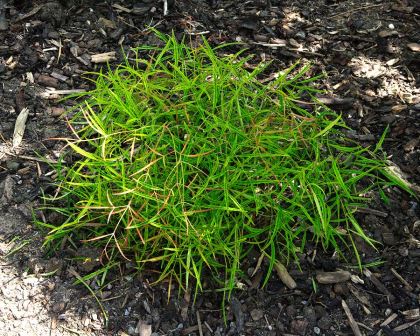
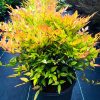
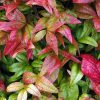
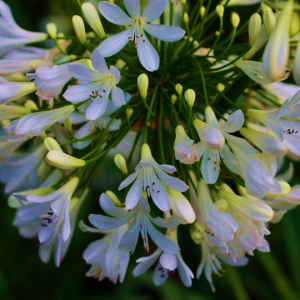
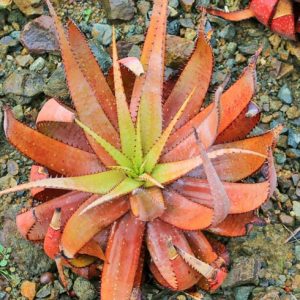
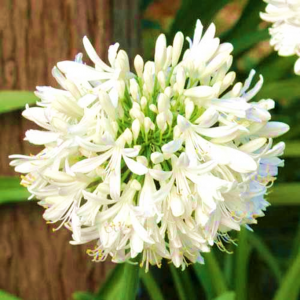
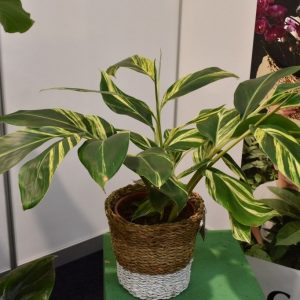
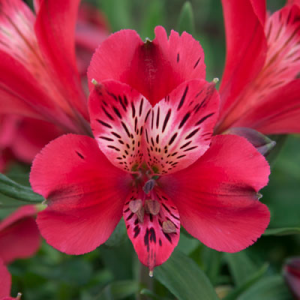
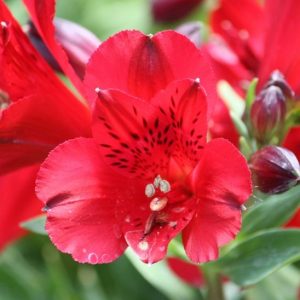
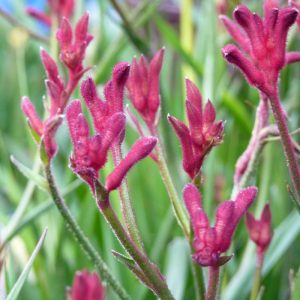
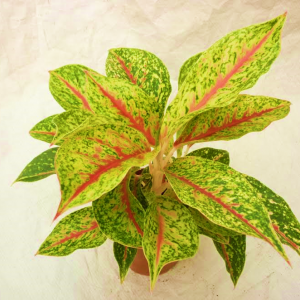
Reviews
There are no reviews yet.